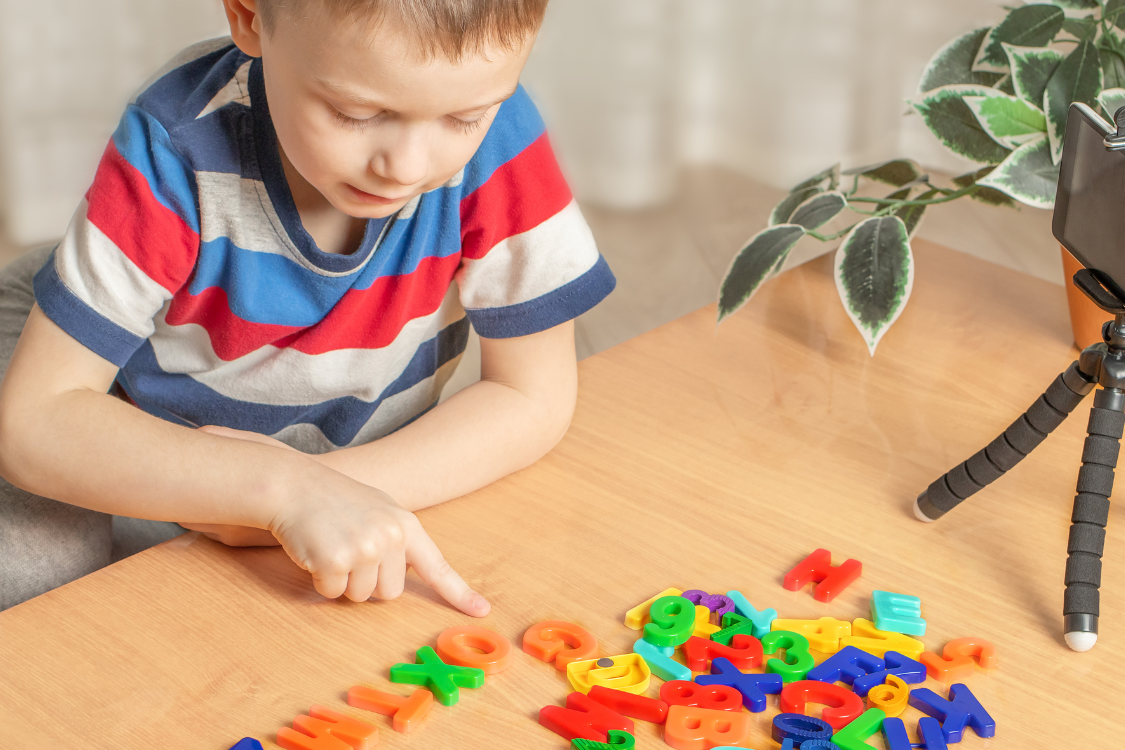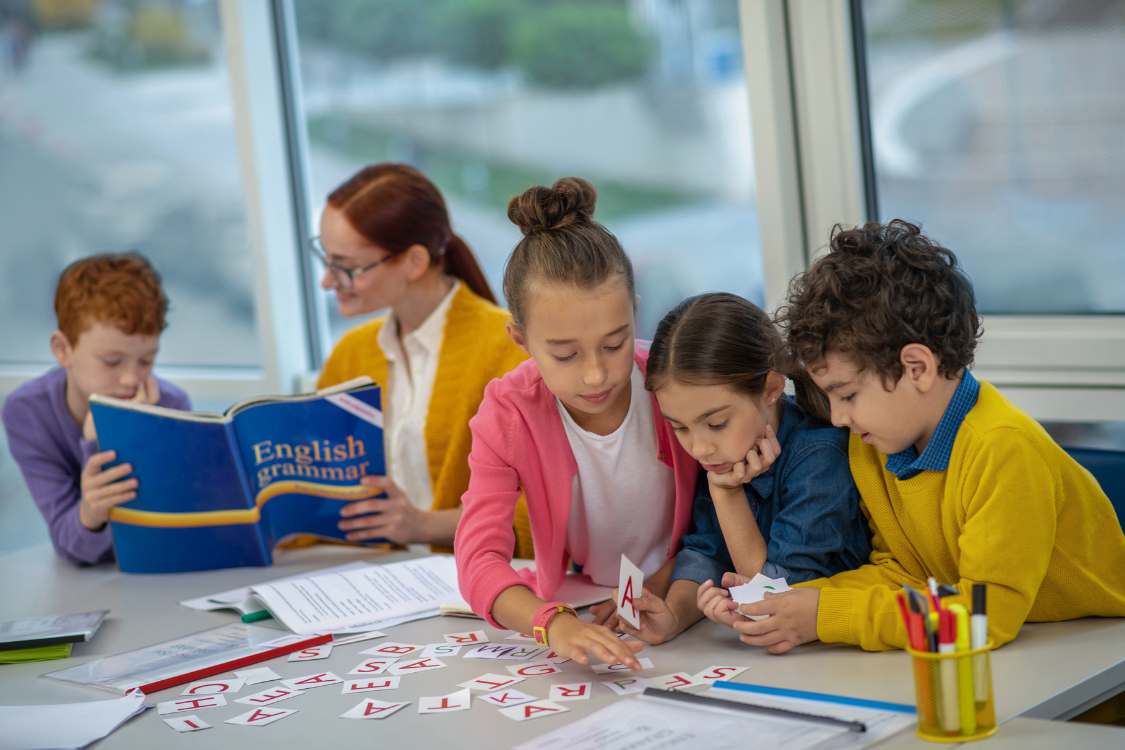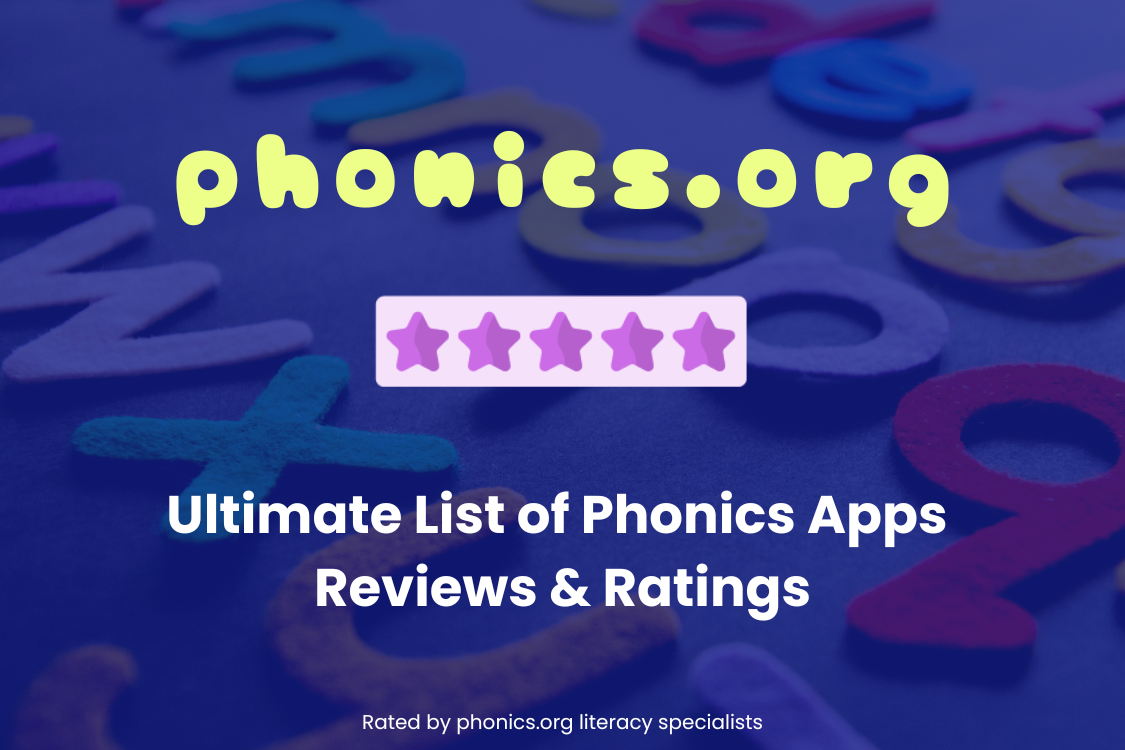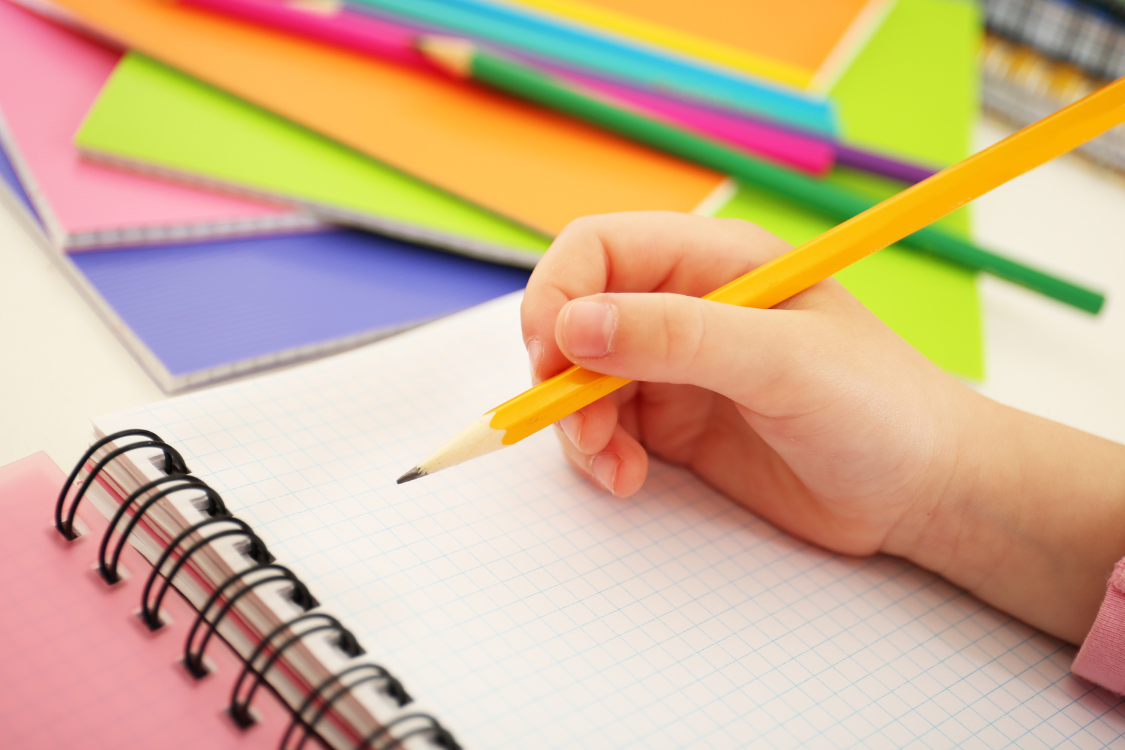Silent Letters and Tricky Words
Picture this: Your young reader is confidently sounding out words when they encounter “knife” for the first time. They try their best: “k-n-if-ee?” The confusion on their face is familiar to every parent and teacher. Why doesn’t English just work the way it’s supposed to? Why do some letters seem to play hide and seek in our words?
Welcome to one of the most fascinating challenges in teaching reading: silent letters and tricky words. While these patterns might seem like frustrating obstacles, they actually offer rich opportunities for teaching when approached systematically.
Understanding the English Spelling System
English is what linguists call a “deep orthography” language. Unlike Spanish or Italian, where letters consistently represent the same sounds, English spelling reflects both the sounds and meanings of words, often preserving their history. This complexity is why systematic instruction is so crucial.
Common Silent Letter Patterns and Where to Find Them
Let’s unpack the basics.
The Silent ‘K’ Family
The silent ‘k’ before ‘n’ appears in many common words children encounter. You’ll find plenty of examples in familiar books:
- “The Knight at Dawn” (Magic Tree House series) – featuring “knight”
- “Knuffle Bunny” by Mo Willems – the title itself is a teaching opportunity
- “The Gruffalo’s Child” – uses “knew” repeatedly
Teaching tip: Help children notice that ‘k’ is always silent before ‘n’ at the beginning of words. This reliability makes it an excellent pattern to teach early.
The Quiet ‘W’ Club
Words where ‘w’ is silent before ‘r’ offer another consistent pattern:
- “The Wreck of the Zephyr” by Chris Van Allsburg
- “The Wrong Side of the Bed” by Edward Ardizzone
- “Write On, Ruby!” by Joe Berger
Teaching tip: Create a classroom “Silent Letter Word Wall” where students can collect these words as they find them in their reading.
The Ghost ‘GH’ Pattern
This pattern appears in many high-frequency words. Look for it in:
- “Night Night, Little Pookie” by Sandra Boynton
- “Light Up the Night” by Jean Reidy
- “Noises of the Night” by Alana Pidwerbeski
Teaching tip: Group these words by sound patterns:
- ‘ight’ as in light, night, right, sight
- ‘ough’ as in though, through, dough
- ‘aught’ as in caught, taught, daughter
The Silent ‘B’ Brigade
Find these words in books like:
- “Lamb” by John Butler
- “Climbing Mountains” series
- “The Comb” by McCully
Teaching tip: Create memorable phrases: “The lamb was too numb to climb to the top of the comb.”
Teaching Through Text: A Systematic Approach
As you can tell from our examples, we love a good read-aloud and see it as a way to systematize instruction around silent letters and tricky words.
Level 1: Initial Pattern Recognition
Start with simple, high-frequency words containing one pattern. For example, when teaching silent ‘k’, begin with:
- know
- knee
- knot
Use decodable texts specifically written to include these patterns. “The Storybook Knight” by Helen Docherty introduces silent ‘k’ words in a controlled, systematic way.
Level 2: Pattern Combinations
Once basic patterns are mastered, introduce texts with multiple patterns. “The Knight Who Wouldn’t Fight” by Helen Docherty combines silent ‘k’ and ‘gh’ patterns naturally.
Level 3: Complex Applications
Advanced readers can handle texts with multiple irregular patterns. “A Wrinkle in Time” by Madeleine L’Engle contains numerous examples of silent letters and irregular patterns, making it perfect for upper elementary pattern study.
Supporting Struggling Readers
For example, a teacher might notice that a student is struggling with irregular word patterns. To support the student, the teacher could implement a systematic approach like this:
Pattern Introduction
- Monday: Introduce a new letter pattern with explicit instruction
- Tuesday-Wednesday: Guided practice with decodable texts
- Thursday: Pattern-based games and activities
- Friday: Review and assessment
Visual Supports
- Color-coding regular and irregular parts of words
- Creating pattern-based word walls
- Using graphic organizers to group similar patterns
Multisensory Practice
- Tracing letters while saying sounds
- Building words with magnetic letters
- Creating movement-based pattern games
By breaking down complex patterns into manageable steps, this approach could offer consistent support for students as they work to master irregular word patterns.
Making It Stick: Effective Practice Activities
Let’s make things more fun. Here are some ways you can practice those tricky words with the students in your class.
The Pattern Detective
Have students become pattern detectives, searching for specific irregular patterns in their reading. Create a classroom chart where students can add words they discover containing target patterns.
Word Sort Centers
Create sorting activities where students group words by pattern:
- ‘igh’ words (high, sigh, light)
- ‘kn’ words (knock, knit, knob)
- ‘mb’ words (lamb, climb, comb)
Pattern Stories
Encourage students to write stories using words with target patterns. For example, “The Knight’s Night” might incorporate both ‘kn’ and ‘igh’ patterns.
Assessment and Progress Monitoring
Keep track of progress through:
- Regular pattern checks
- Reading fluency assessments
- Writing samples
- Word recognition games
When to Seek Additional Support
Consider extra help if a student:
- Struggles to recognize patterns after systematic instruction
- Shows limited progress in pattern application
- Demonstrates anxiety about reading irregular words
- Avoids reading activities
Silent, Tricky, but Possible
Remember, mastering irregular patterns is a journey, not a race. Success comes through:
- Systematic instruction
- Regular practice
- Patient support
- Consistent review
The key is maintaining a balance between explicit instruction and engaging practice. By making pattern learning systematic and fun, we can help every reader master these challenging aspects of English.










